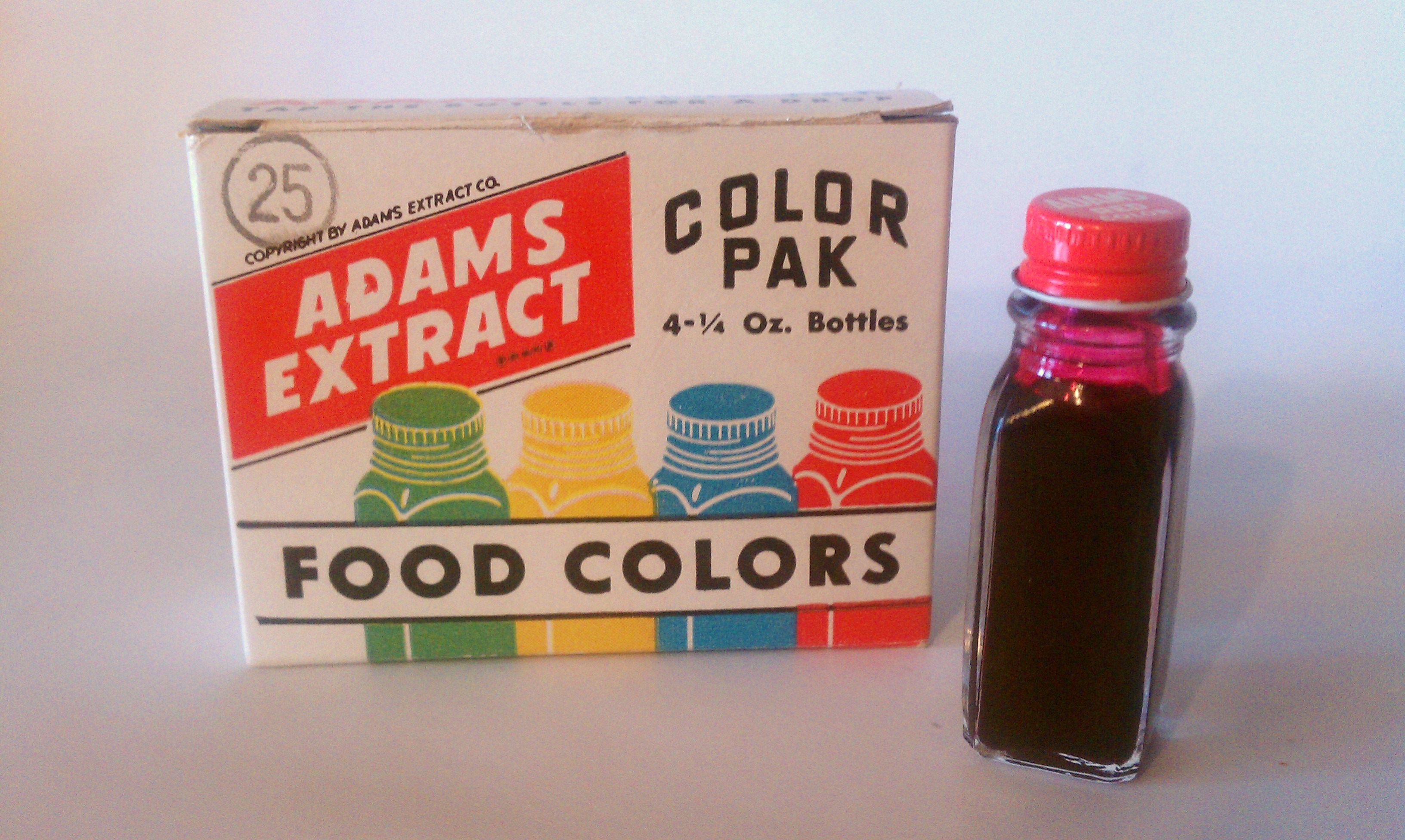A Vaccine Against Cat Allergies Has Finally Been Developed

For all of us cat-lovers who suffer from allergies to our furry friends, deliverance may soon be at hand. Promising research is being excitedly discussed this week and news has filtered through that a vaccine has been developed, reducing the allergenicity of cats. However, a fully tested vaccine will not be completed before 2022.
The Swiss company HypoCat is responsible for this potentially ground-breaking vaccine, which is also called HypoCat. In April, the company released the results of its research into HypoCat and the internet appears to have rediscovered the story and is now awash with speculation and anticipation.
A different method
Appearing in the Journal of Allergy and Clinical Immunology, the HypoCat study explores an ingenious method for tackling allergies to cats.
Instead of attempting to desensitize allergy sufferers’ immune systems to cats, as is the approach adopted by current immunotherapies, the HypoCat vaccine endeavours to train the cat’s immune system to pursue a particular allergen or protein, Fel d 1, which is produced naturally by felines. This is achieved by attaching a genetically-modified version of Fel d 1 to a plant virus particle, which, as it is only a particle, will not, in theory, be able to cause disease.
Approximately 9 out of 10 cat allergy sufferers generate Fel d 1 antibodies. Consequently, should this vaccine prove effective, the decrease in Fel d 1 (which finds its way into people’s mouths and noses) will make cats essentially hypoallergenic.
The study found that the vaccine does achieve this objective. The vaccine was administered to over 50 cats, with the most recent experimental conditions involving the administration of three injections (in the hindquarters) across nine weeks and a booster injection for some felines after a further six months.
Results
According to the study, every injected cat went on to develop a sustained immunological response to Fel d 1, with the booster injection helping to maintain a high level of antibodies in the felines. Moreover, the antibodies found in the blood samples taken from the cats neutralized Fel d 1 in a laboratory setting and the cats produced lower levels of Fel d 1 in both their tears and saliva. Additionally, when cat and human cat allergy sufferer blood samples were mixed, an inhibited allergic reaction was observed.
Importantly, the injected cats did not appear to suffer from any long-term or major side effects, possibly because Fel d 1 is not believed to perform any essential functions in cats and the vaccine does not eliminate the allergen. Very low Fel d 1 levels have been observed as occurring naturally in some cats.
HypoCat is clearly promising but it is only in the pre-clinical phase. Gary Jennings, CEO of HypoCat, has told Gizmodo that the Swiss company is in discussion with European and US drug approval authorities and has already begun clinical trials and established a foundation for mass-producing the vaccine. Nonetheless, even if HypoCat passes all its clinical trials without a problem, it will still be years before the vaccine is launched on the market. The company is also in the process of creating a dog allergy vaccine, HypoDog, but this will, of course, take even longer to reach us.
As Jennings explains, “If all goes as planned, then we hope to reach the market in 2022.” Fingers crossed!







